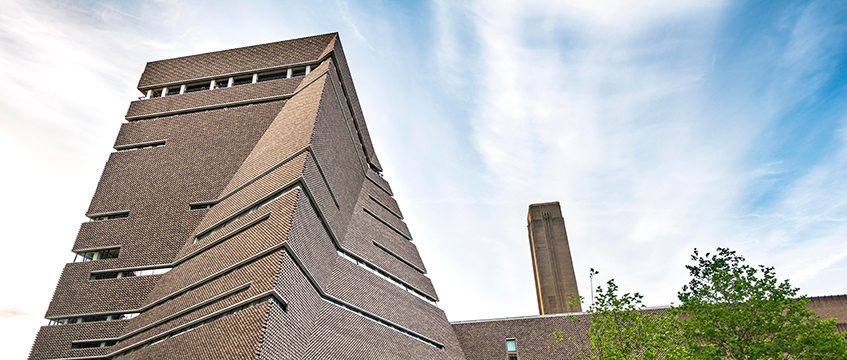Residents of a luxury development near the Tate Modern are set to take their dispute with the gallery to the Supreme Court next week. The case is one of the most high-profile breach of privacy claims to be brought in recent years.
The residents of the multimillion-pound apartments, at Neo Bankside on Holland Street SE1, are claiming that the Tate’s viewing platform is a “nuisance” to them because it enables gallery visitors to look directly into their floor-to-ceiling windows, turning their homes into a “public exhibit”.
So far, they have had little luck in the courts. In February 2019, High Court judge Mr Justice Mann rejected their claim, ruling that, by living in homes with floor-to-ceiling windows, residents had created a “self-induced incentive to gaze”. He suggested residents install net curtains.
The residents appealed, and in February 2020 they lost again. The Court of Appeal has found that overlooking does not fall within the tort of nuisance.
“Over the hundreds of years that the tort of nuisance has existed, there has never been a reported case in this country which has found that overlooking by a neighbour constituted a nuisance,” Sir Terence Etherton, then the Master of the Roll, said when giving judgment.
“Courts have recognised that, subject to planning permission being given, an owner of land may create windows which overlook a neighbour’s property,” he said.
Still, the residents have continued their legal battle and their case is scheduled for a two-day hearing starting on Tuesday, 7 December.
If they win this time, the ruling will likely affect more than just visitors to the Tate Modern and the residents, according to Laura Odlind, a partner in the property litigation group at Mishcon de Reya.
“This is a really interesting case, and the whole industry is going to be watching. The residents have lost twice already, but the Supreme Court could well decide in their favour on what is a fascinating point of law.
“The issue at the centre of this case is whether overlooking or viewing from a neighbouring property is capable of giving rise to a claim in private nuisance. A victory for the apartment owners bringing the claim is likely to have far wider consequences than bringing about changes to the Tate Modern’s viewing platform. In particular, this would undoubtedly impact on the use of CCTV devices which overlook neighbouring properties. In the recent case of Fairhurst v Woodard, the judge felt bound by the Court of Appeal decision in Fearn in finding that the CCTV surveillance of a neighbour’s property was not capable of being a nuisance.”
The viewing platform, part of an extension to Tate Modern named the Blavatnik Building, has been open to the public since June 2016. The walkway on the 10th floor offers panoramic views of London, but also allows people to stare into the adjacent Neo Bankside flats.
The residents say that, from a significant part of the viewing platform, there is “little to view apart from Neo Bankside”, which means that visitors inevitably have their eyes drawn to their luxury homes.
According to their written particulars of claim, “when the viewing platform is open to the public, a near constant stream of visitors subject the claimants’ flats (and other flats in Neo Bankside) to prolonged, and a high degree of, visual scrutiny”.
This, they argued, includes use of binoculars or phones or cameras with zoom lenses, with resulting photographs or films posted on social media sites.
They claim that they and their families are subjected to near-constant “surveillance” when they are in their flats, turning them into “something akin to a public exhibit”, and are seeking a court order restricting use of the viewing platform.









